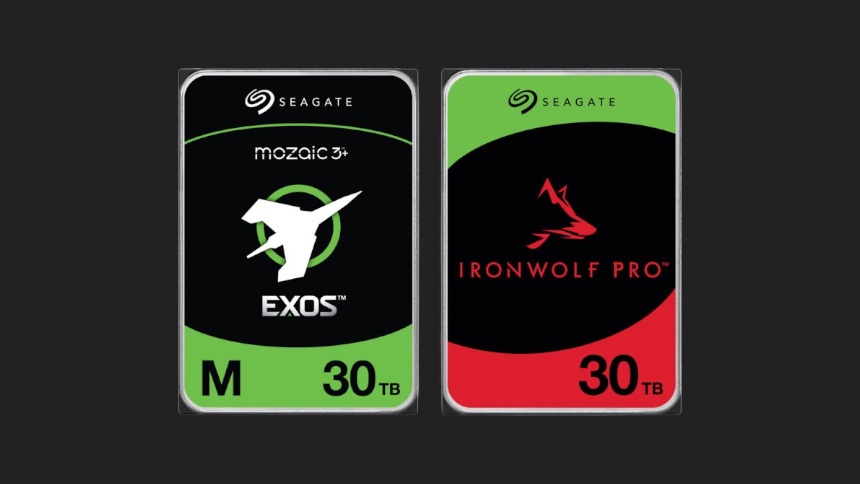[rwp-review id=”0″]

“How much you wanna bet that we’re going to kill a goat today?” I jokingly asked Kenneth, one of the best photographers and people that I know, as we began our climb at the foot of Jebel Jais, at 6:30am on a Saturday morning. Less than 25 seconds later, I almost won that bet when a four-legged roadblock appeared around the bend. At least we got the brake test out of the way. For the record, the Mustang did really well – no tire lock, no ABS needed, just a controlled stop from 140km/h to 0 over a fairly short distance.
And in case you’re wondering, the goat didn’t even flinch. You can chalk that up to the Mustang’s smooth stop as well, or the infamous stubborn stupidity of walking mutton shawarma.
But back to the car.

Every car enthusiast will tell you that one of the best looking muscle cars is the 67/68 Mustang Fastback. So back in 2005, when the Mustang was re-invented as homage to the good ol’ days, people went nuts and rightly so. Since then the Mustang has only gotten better. Fast forward to 2015, and the latest Mustang has improved upon the process, coming out looking even more like the original Fastback. It’s lower than the 2014 model, sleeker and with a better sweeping rear – a sight to behold.
The biggest change in the Mustang from 2014 to today’s model, however, is the suspension. Since man first walked the Earth, Mustangs have always had a solid live axle at the back. With the 2015 Mustang, Ford has finally (yay!) moved to independent rear suspension on both wheels, which means that your Mustang will finally be able to handle a turn at respectable speeds without going fully sideways.

This particular Mustang was the Ecoboost Premium, with Ford’s 2.3L EcoBoost® I-4 engine putting out a respectable 325bhp and 320lb-ft of torque. Whilst driving it in the city, you’re mostly relying on the 2.3 I-4’s power output, which is essentially perfect for city driving. When you need a quick overtake or hit the highway, that’s when the ‘stang taps into the twin-scroll turbocharger and you’ll find yourself being gently pushed into the back of your seat as the engine sends all the boosted power to the rear wheels.
The good news continues inside the Ecoboost Premium; the cabin is roomy and is, literally, quite premium. You’ll find stitched leather, comfortable cooled and heated seats and a touch panel that controls navigation, entertainment and your cell phone. I’ve been using Ford’s SYNC (by Microsoft) for quite some time now in my own Focus ST, and you could say that I’m positively biased. Truth is you’d be wrong to feel otherwise – voice commands are on point and the screen is straightforward to use. Whilst driving, all your commands are easily accessible from the steering wheel, including navigation, meaning you rarely have to look away from the road to get anything done inside the car. Other little things like the speedometer saying ‘Ground Speed’ and the RPM counter saying ‘Revolutions per Minute’ show that Ford went the extra mile to make this car special. And how can one speak ill of the beautiful pony holographs projected from the mirrors on the ground beside the car at night? They are a real attention-getting crowd favorite.
The thing that irked me about the 2015 Mustang on the inside was the finish on some of the plastic and chrome bits. While the dual-dial dash looks like the bomb and previous owners will definitely see the difference, there are noticeable drops in the finish. The brushed chrome on the passenger side dash clashes with the shiny chrome bits in the dash. Personally, I prefer the brushed chrome and would have liked it if they followed one chrome pattern, but the clash is visible. Secondly, the knobs that control the driving mode look meaty and solid – but when you actually touch and use them, they feel sort of plasticy and cheap. No mechanical click, no meaty response, just a soft dip.
On that note, those knobs control the drive modes that come in the Mustang – Normal, Sport, Sport+ and Track – along with the steering feel options – Sport and Comfort. Throughout the drive I kept the car in Sport steering mode, as that gave me a bit more responsive road feel and made cornering better. As far as drive modes go, I gave them all a whirl. In the city, I kept the Mustang on Normal, which served its purpose. At Jebel Jais, I pushed the car settings through Sport, Sport+ and Track. I saw little difference between Sport and Sport+ but I knew that in Track mode I could turn off all the electronic assists – something I didn’t do because… well… it was a public road and this was a press car.
But is it all unicorns and rainbows in the Mustang Ecoboost Premium?
In the city and on the highway, the car is phenomenal. I drove long hours and short rides and neither was even slightly inconvenient. The car makes for both a great touring companion and a fantastic daily driver. The 2.3l EcoBoost means that I’m not burning through gas while doing short trips and the turbocharger means that the power is on tap whenever I drop the hammer.
On the mountain, the car was impressive. While, for all intents and purposes, it drove like any other Mustang (nose heavy, back-end sliding out when you give it the beans around a corner) there were some key differences. For the first time in a while, you were driving a boosted Mustang, which meant that you had to keep the RPMs up to keep that turbo spooling and ensuring a steady stream of torque. In the automatic, this was difficult to do, so when blazing into a bend, you want to drop down into second and turn in, the transmission locks you out and you’re stuck in third – by the time you force your way into second, you’ve exited the apex and your corner’s soundtrack is basically a sad trombone. Not only is the flappy paddle gearbox not as responsive as you would want it to be, the turbo lag due to reducing your speed is considerable. This, coupled with the transmission locking out of the lower ratios, means that while the Mustang is better handling than previous ponies due to its independent rear suspension, it’s not as responsive as you want it to be.
At the end of the day, once you’re done with the twisties and the straights, you wouldn’t be blamed for sitting back and thinking: “I miss the good ol’ V8.” This engine was introduced for the gangsta tree-huggers who want economical gas mileage and lower emissions while turning heads in muscle car. In the Middle East, where emissions and gas prices are merely something we joke about, nothing short of the V8 will do.
But even here, I’m nit-picking. I’m a performance enthusiast and a petrolhead. I’ve driven Mustangs for years and I love the sound of a rumbling V8. But for a pleasant AED 185,000 this car is already a lot more car than most people can handle, in power and ‘premium-ness’. Sure, it’s not the V8, there’s turbo lag and a grumpy gearbox, but Joe Average won’t notice these things. When he puts his foot down on Sheikh Zayed Road, he’ll get the power he paid for – and more than he can handle if he pushes it too hard. On the inside the car screams premium features and finish. It’s got collision warning, blind spot detection and active cruise control. You can even control the distance you want between you and the car in front. It’s no Maybach, but it’s already much more than what other cars in its category offer.
Me? I want all eight cylinders. But that’s just me. The EcoBoost Mustang is a great car; as long as you can get used to a Mustang with a turbo whistle.





